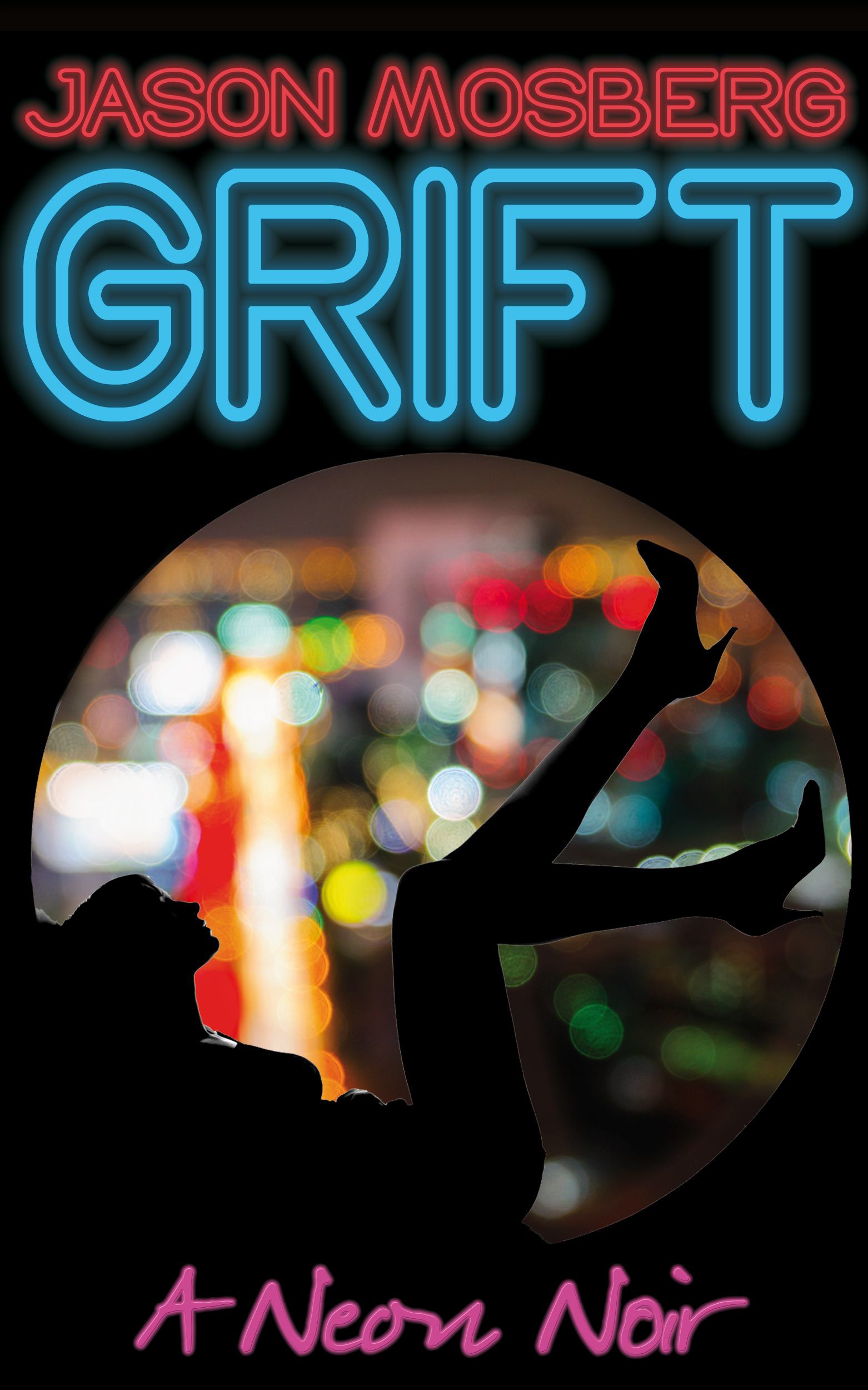After choosing from nearly ten interested agents, my YA novel was headed to a dozen editors at all the best publishing houses. I was on top of the moon. I found myself reading all kinds of publishing articles and blog posts. I was reading about bidding wars, royalty checks, Edgar Awards, etc. One of these posts discussing typical author/publisher deals described how little input an author sometimes has over their book cover, which I found very distressing.
I hadn’t even received an offer on my novel and I was already worrying about the book getting released with a less-than-ideal cover.
Luckily (or unluckily), I never had to cross that bridge. My novel was deemed too dark for YA at the big houses (what’s so dark about a 17-year-old girl masquerading as a prostitute to con rich men?), and to do a deal with them, I would have had to sacrifice my vision and water down the novel significantly. A couple smaller houses were more willing to honor my vision and made offers, but the marketing push was going to be modest enough that I couldn’t justify taking those deals over the alternative of self-publishing.
Which meant I got to design the cover myself!
However, I have the graphic design skills of a third grader. So I hired someone to do the cover for me. Despite my inability to do the actual design, I had a pretty good sense of what I wanted on my cover, conceptually.
My novel, Grift, takes place in Las Vegas, and I wanted the city to be portrayed in the background. The tagline of the novel is “A Neon Noir,” so I thought incorporating the neon lights of Vegas would work well.
Soon after, my designer submitted some fantastic preliminary designs. But that’s when a friend brought something to my attention. I had just assumed you could use pictures of cityscapes but, according to my friend, not necessarily. As it turns out, almost all of the Las Vegas casinos are trademarked. My friend claimed that you can’t use pictures of them in conjunction with a product you are trying to sell without licensing it.
Say what?! Surely I can use a picture of the Las Vegas Strip in the background of my e-book cover, right? I did a ton of research and even contacted an attorney, hoping that I would discover it was okay to use this particular picture that I liked. But all of that research only confirmed that I couldn’t use it.
Does this seem unbelievable? Let’s consider a simpler example. Let’s say Bob takes a photograph of a can of Coca-Cola. Bob took the photograph, so Bob owns the photograph, right? Well, sort of. Let’s say Bob—in addition to being a photographer—is starting his own beverage called Bob’s Cola (yes, Bob’s a true renaissance man!). Bob took the photograph so can Bob put the photograph on his cola label and sell it? Absolutely not. He would be using Coke’s trademark and likeness in order to sell his cola.
The situation with the casinos on an e-book cover is grayer, but it’s the same idea. The casinos would argue I’m using their trademarked buildings to sell copies of my e-book.
So when I told the designer we needed to start over, he was reluctant. He didn’t believe that we were doing anything wrong. I sent him links about the Vegas casinos being trademarked, but he argued that he had uploaded the photographs from a reputable stock photo site that had guaranteed that the photographs were royalty-free.
But that doesn’t mean that the photograph is not committing any trademark infraction. It merely means that if you use the photograph for commercial use you don’t have to pay any royalties to the photographer.
To go back to the Bob/cola example, a photographer could take a picture of a can of Coke and upload it to a free stock photo website, and other people can use the photo for their blogs or school projects or whatever – all without paying royalties to the photographer or the website. But just because it’s listed for free on that site doesn’t mean you can download the photo, put it on a cola label, and start selling your own cola with it.
Getty Images and a few of the other more established sites have a process of ensuring their stock photos aren’t violating any trademarks, but beware that many other sites do not ensure this! In the fine print, these sites deny any responsibility for this aspect and instead put the onus on those uploading and downloading the photographs.
So if you’re an indie author and you’re designing your cover or paying a designer, make sure to double check that you’re not using any trademarked products or, as in my case, trademarked landmarks.
— Jason Mosberg lives in Los Angeles where he works as a screenwriter. His debut novel Grift is available at Amazon and iBooks. You can follow him on Twitter @ThreeStoryJason.
